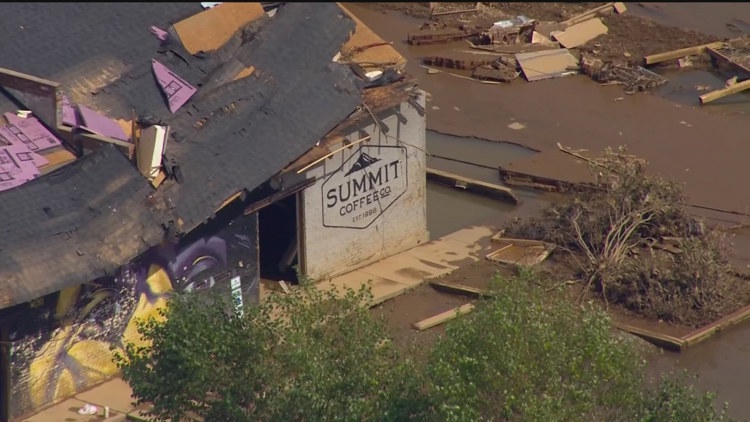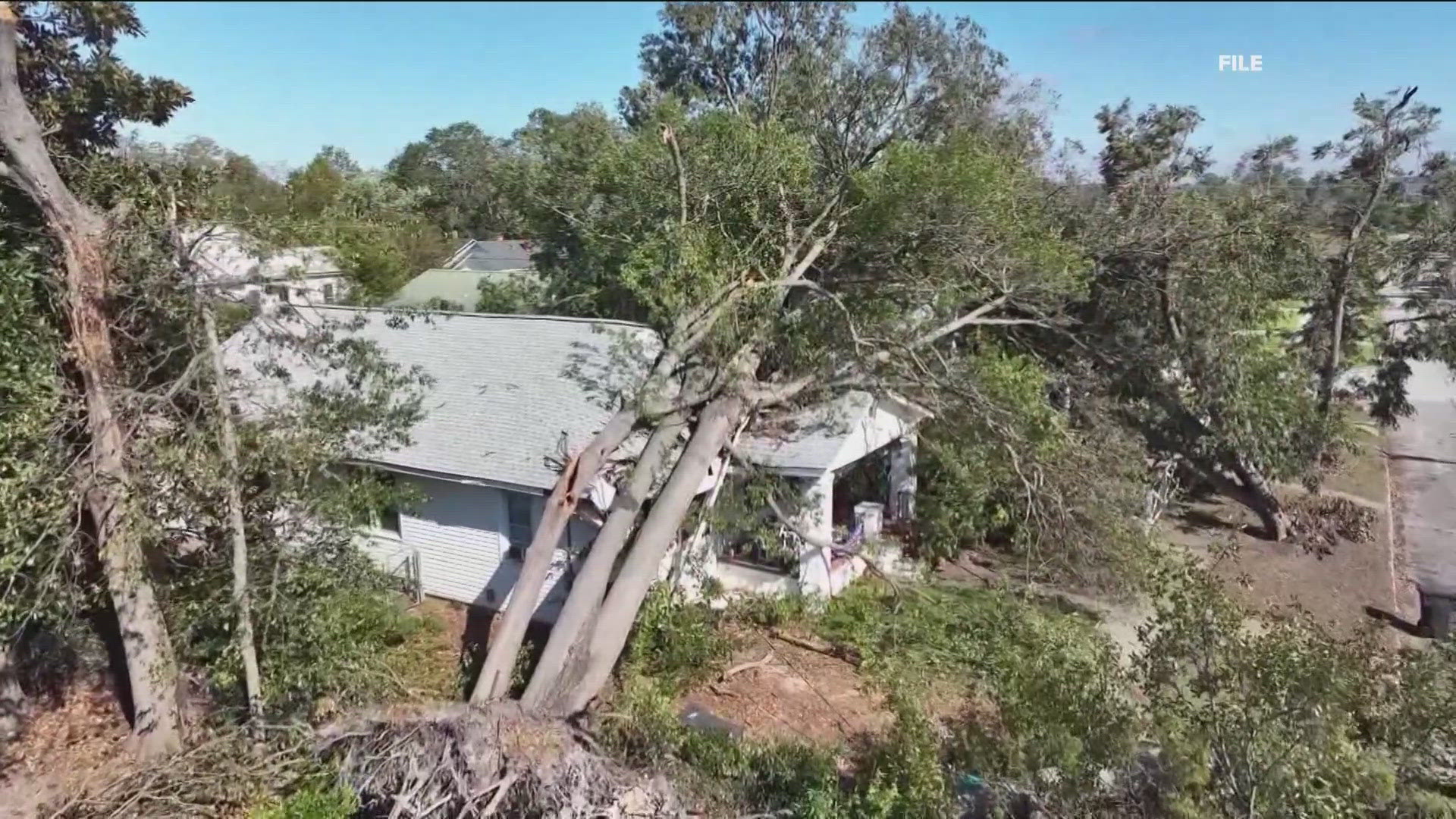ATLANTA — One month ago, Hurricane Helene changed and took many lives in the devasting path of the storm.
As communities continue to recover what they can from their storm-ravaged homes, the storm leaves a massive footprint on the Southeast.
Helene made landfall in Florida with a record storm surge 15 feet high and catastrophic sustained winds reaching 140 miles per hour, pummeling Georgia, the Carolinas, Tennessee and Virginia.
At least 232 people died following the aftermath of the storm in six states.
The state with the most deaths was North Carolina after flooding ravaged neighborhoods in the western part of the state. To date, there are still dozens missing that are unaccounted for.
It decimated remote towns throughout the Appalachians, with hundreds of thousands losing their homes to the damage.
It was one of the deadliest hurricanes to hit the mainland U.S. since Katrina ravaged New Orleans and the Mississippi coast in 2005.
What areas were hit?
The areas that received the most devastation were the Gulf Coast in Florida, Georgia, and the Carolinas.
Asheville, North Carolina and other areas in the western part of the state was one of the hardest hit n the country due to catastrophic flooding caused by the storm. Some schools and businesses reopened on Friday and some businesses might not open its doors again.
The storm and its aftermath caused 1,400 landslides. They damaged over 160 water and sewer systems, at least 6,000 miles of roads, more than 1,000 bridges and culverts and an estimated 126,000 homes, according to the North Carolina budget office.
Florida also received back-to-back impacts from Helene and Milton, which spun multiple tornadoes across the Sunshine State.
Economic impact
State officials in the southeast are still calculating the damages caused by the storm.
Georgia: Gov. Kemp said that Helene heavily impacted the agriculture industry. Although the governor did not give an exact dollar amount it is estimated to be billions of damage. The Georgia governor has encouraged farmers to continue reporting the damage.
North Carolina: Gov. Roy Cooper said that the damages would coast at least $53 billion. The state's previous record for damages was $17 billion from Hurricane Florence in 2018.
Florida: Accoridng to a report from CNN, homeowners have reported up to $47.5 billion in damages for their properties.
The Associated Press contributed to this report.



